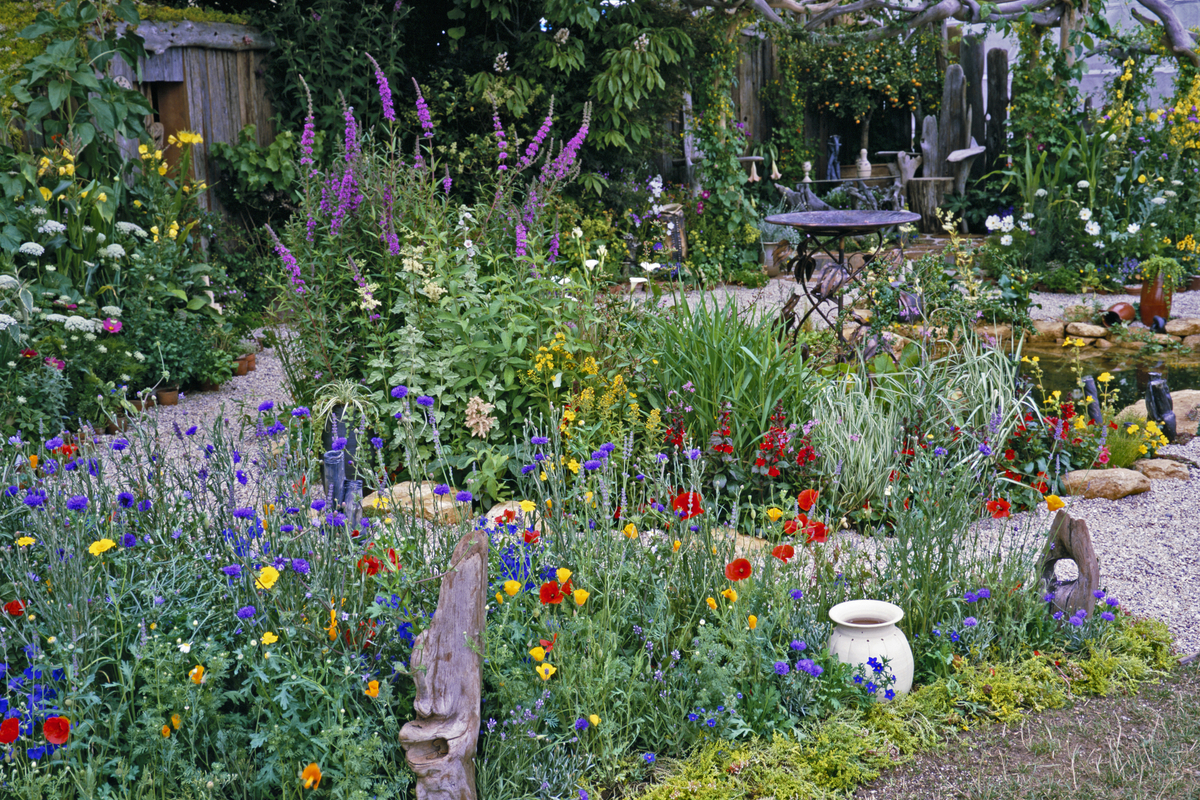
Imagine stepping outside into your garden on a mellow summer morning and finding yourself engulfed in a sea of color while waves of fragrance tickle your senses. The gentle breeze in the air trickles through the vines melding together the scents of jasmine and roses.
You may have stepped out into a cottage garden.
Don’t worry, you don’t have to live in a cottage to adopt this gardening style. The cottage garden philosophy is adaptable to most types of environments, from suburban yards to city plots and even container gardens.
But what is a cottage garden?
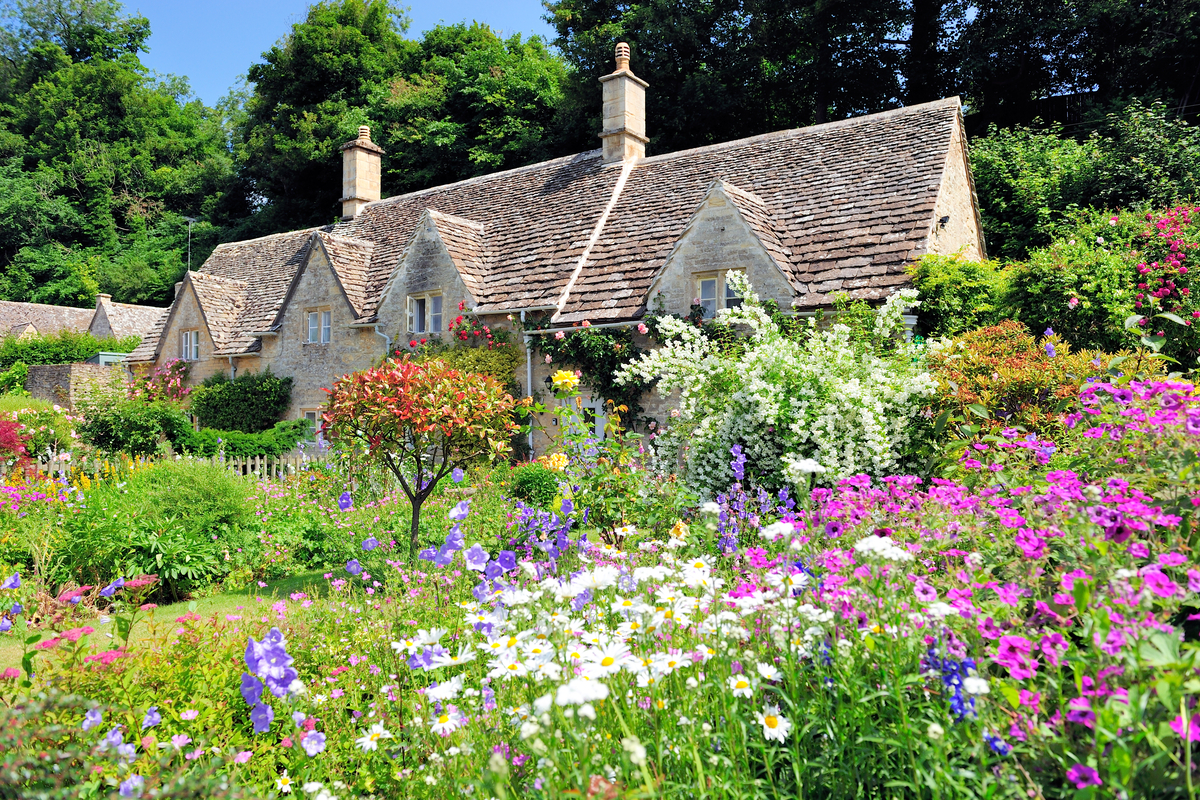
Traditional cottage gardens were modest affairs, packed tightly next to their respective cottages in order to maximize every inch of space. Originally, cottage gardens in England had to be productive spaces for their keepers, so every plant did double duty to add both interest and utility to the plot.
In the beginning, there was no real design philosophy beyond utility, although over time famous Victorian horticulturists such as Gertrude Jekyll and William Robinson contributed to adapting and popularizing this style; rightly, they are considered the likely influencers of what we now call a cottage garden.
But you don’t need to be a horticulturist or a Master gardener to enjoy the benefits of this gardening style. Here are eight ways you can incorporate cottage garden elements into your own design.
1. Choose plants that do double duty.
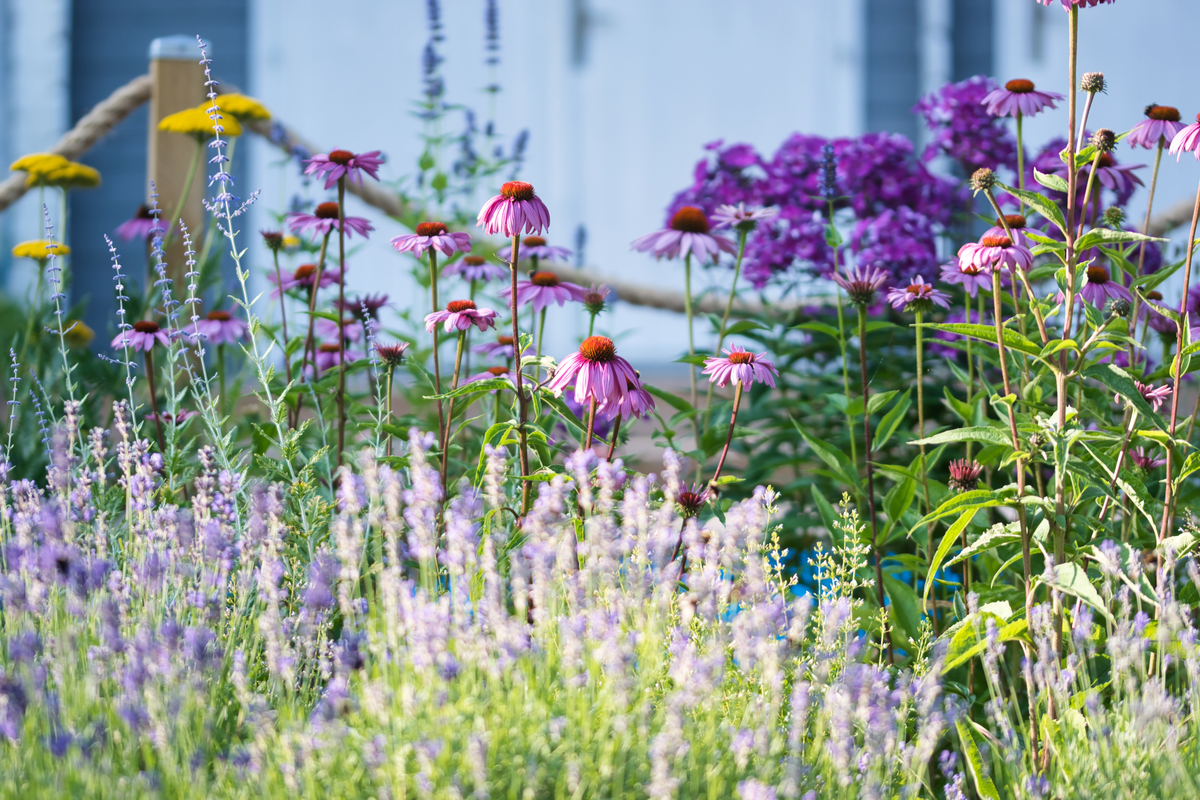
Multitasking may not be desirable for our tired brains; but in the cottage garden, multitasking is encouraged because maximizing results while not wasting resources is one of the tenets of this gardening style.
A few staples of the cottage garden that are both ornamental and edible include rosemary, lavender, thyme, hyssop anise, chamomile, verbena, oregano, marjoram, lemon balm, echinacea and nasturtium.
As a general rule to create a nice visual flow, you should mix tall plants such as verbena and hyssop anise with plants that stay low to the ground, such as nasturtiums and oregano.
2. Mix edibles and ornamentals.
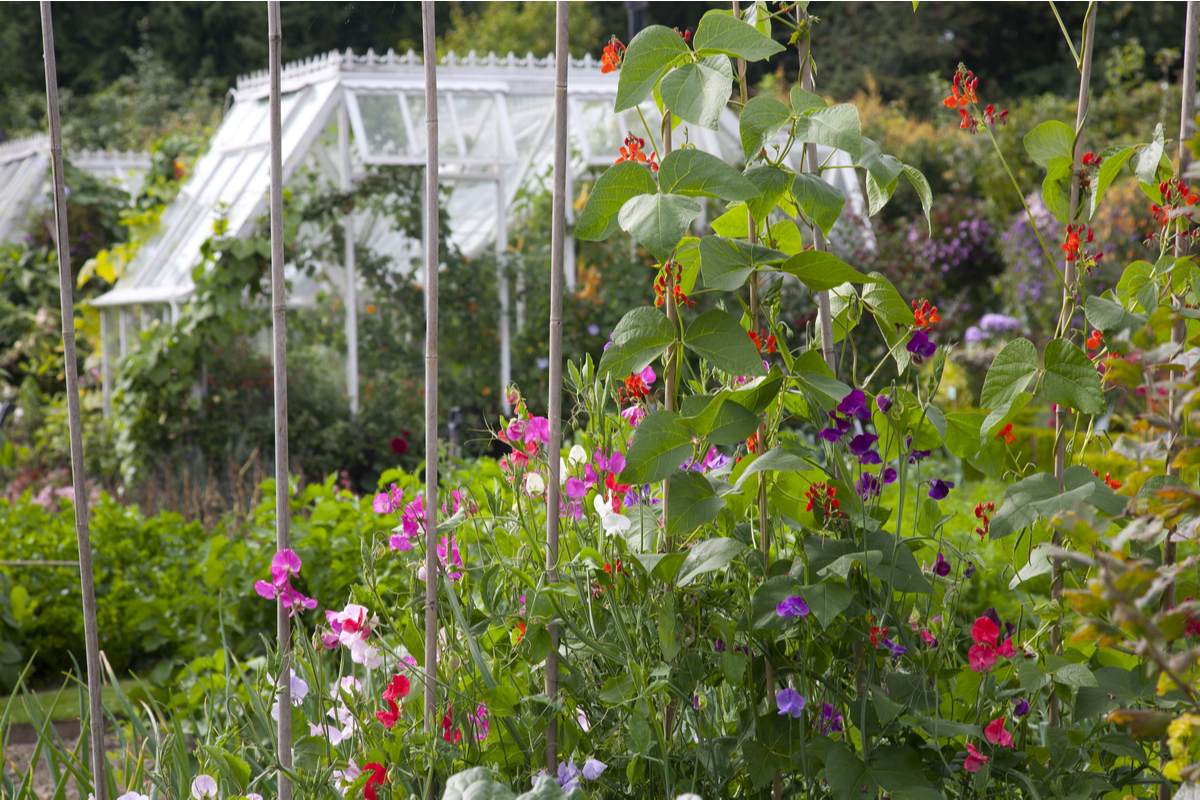
But cottage gardens aren’t just simple herb gardens. In a nod to nineteenth-century gardeners in the English countryside, who would pack their plots with a combination of vegetables, herbs and flowers, in the modern cottage garden ornamental plants are encouraged to grow alongside edibles.
Plant flowers such as calendula and geraniums next to beans to attract pollinators. Add phacelia flowers next to cucumbers and bring some bees to the yard with some pulmonaria and brunnera next to your peas.
Some of the ornamental plants in the cottage garden may also be edible, with plants such as polyanthus and violas making a fragrant edible addition to salads and summer drinks.
The goal is to aim for a wide diversity of plants that flower at a different time for a garden that doesn’t just peak in midsummer, but one that stays abundant and lush for half the year.
3. Opt for perennials and self-seeding annuals.
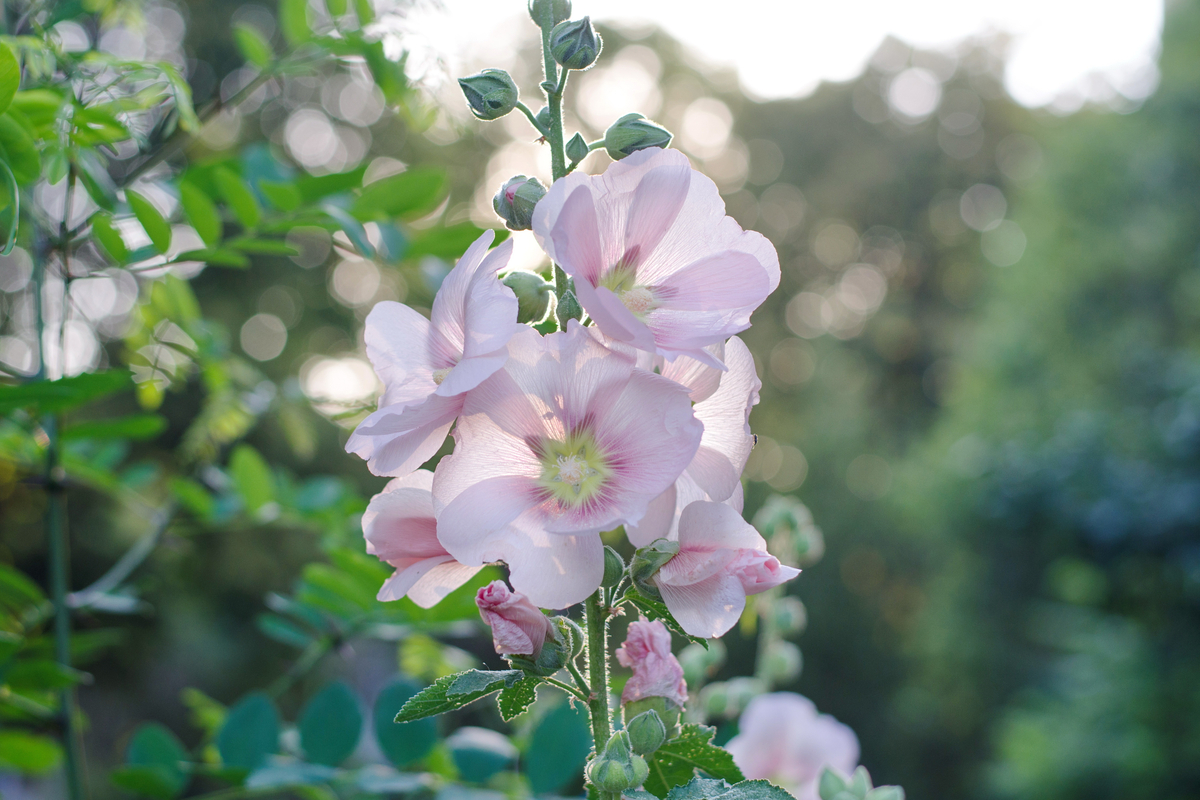
In a gardening style where function is not sacrificed to form, we place a huge emphasis on building upon the work of the previous year and laying the foundations for the year that follows.
That means we should opt for annuals that self-seed (hollyhocks, foxgloves, red heleniums, rudbeckias, verbena, nasturtiums and knight’s spur) and perennials (peonies, columbines, delphinium, coralbells, perennial blue geraniums and veronicas).
If you love the look of a wild and rustic cottage garden, then consider planting an abundance of wildflowers as well, starting with cornflower, poppies and sunflowers as the centerpieces.
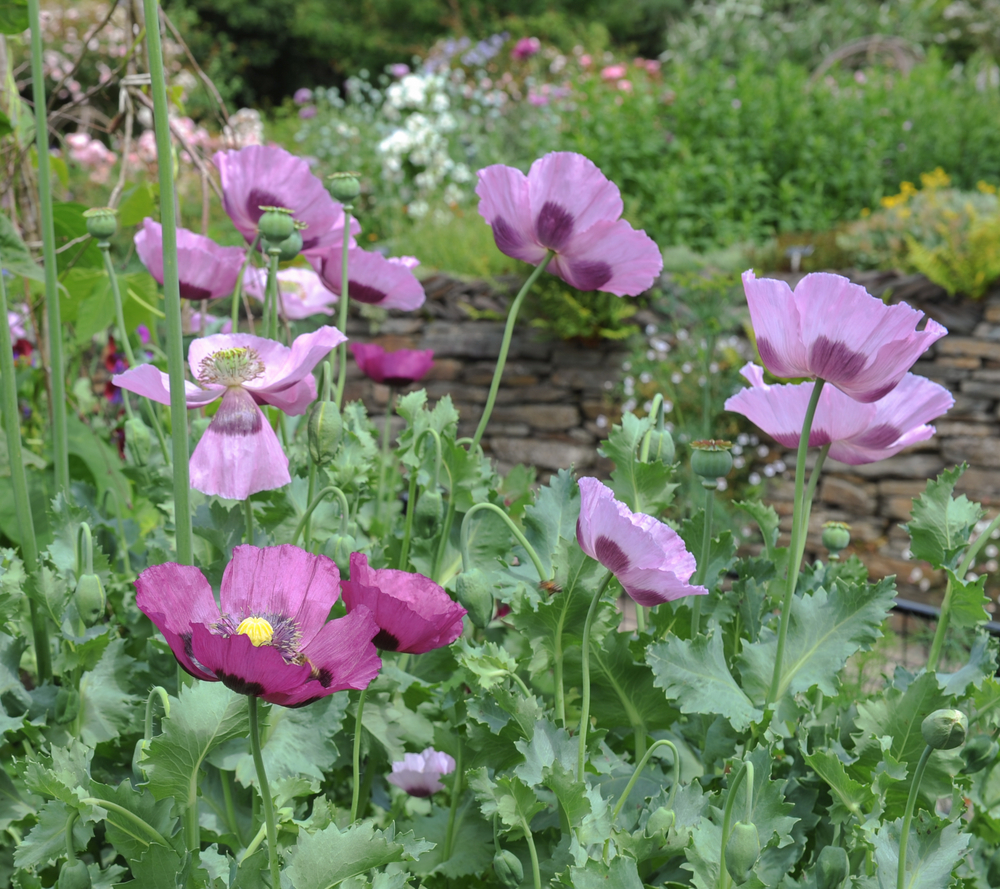
4. Have beds and borders do double duty too.
There is no vacuum in a cottage garden, just a tightly-knit succession. So when you plant your next garden bed or border, pay close attention to the flowering time of each plant – spring bulbs (crocuses, muscari, tulips and narcissus) are closely followed by summer blooms (such as delphiniums, fuchsia, cosmos, foxgloves and philadelphus).
As soon as these early summer beauties are on their way out, the late-summer and fall harbingers follow closely in their footsteps, with plants such as pot marigolds, dahlias, chrysanthemums, rudbeckias, coreopsis and echinacea taking center stage.
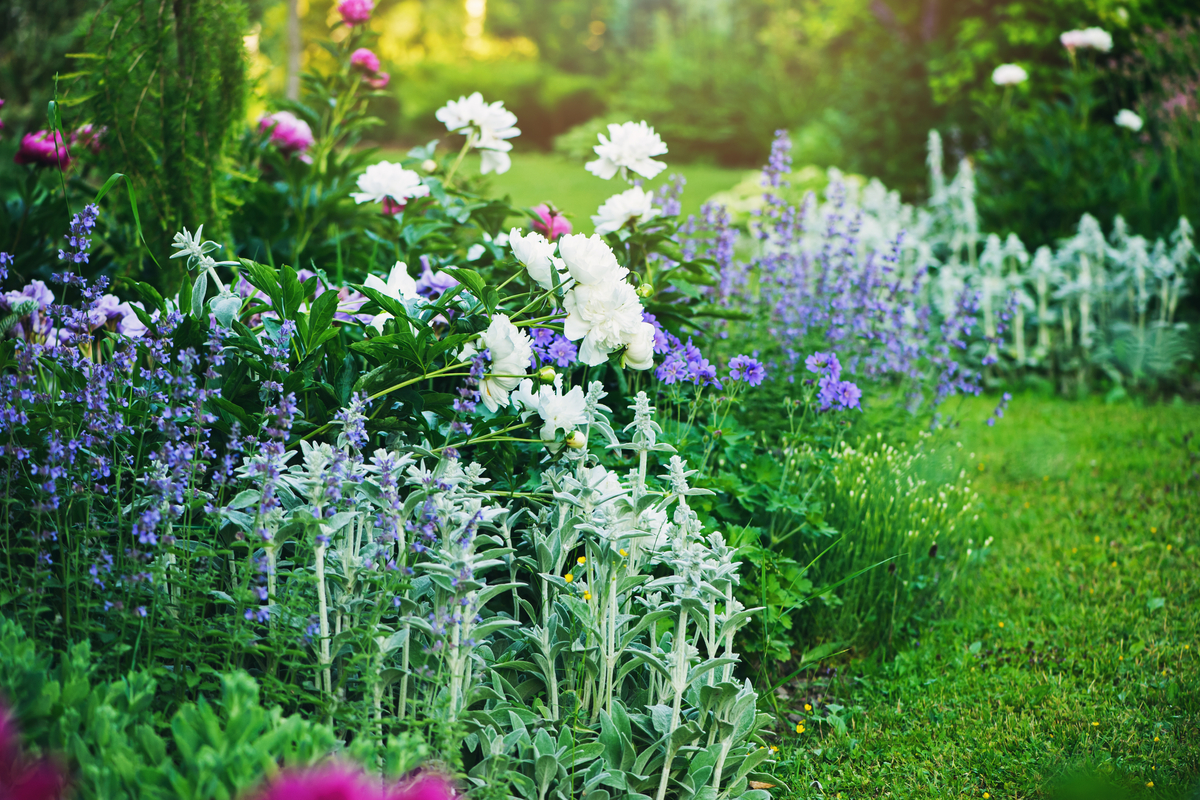
And just in case you think the cottage garden may lie fallow in the winter, consider adding some evergreen bushes such as camelia, viburnum and Osmanthus fragrans (fragrant olive). If sheltered from cold winds, these bushes can be winter-hardy down to around 5F (-15C).
5. Keep it packed and overflowing.
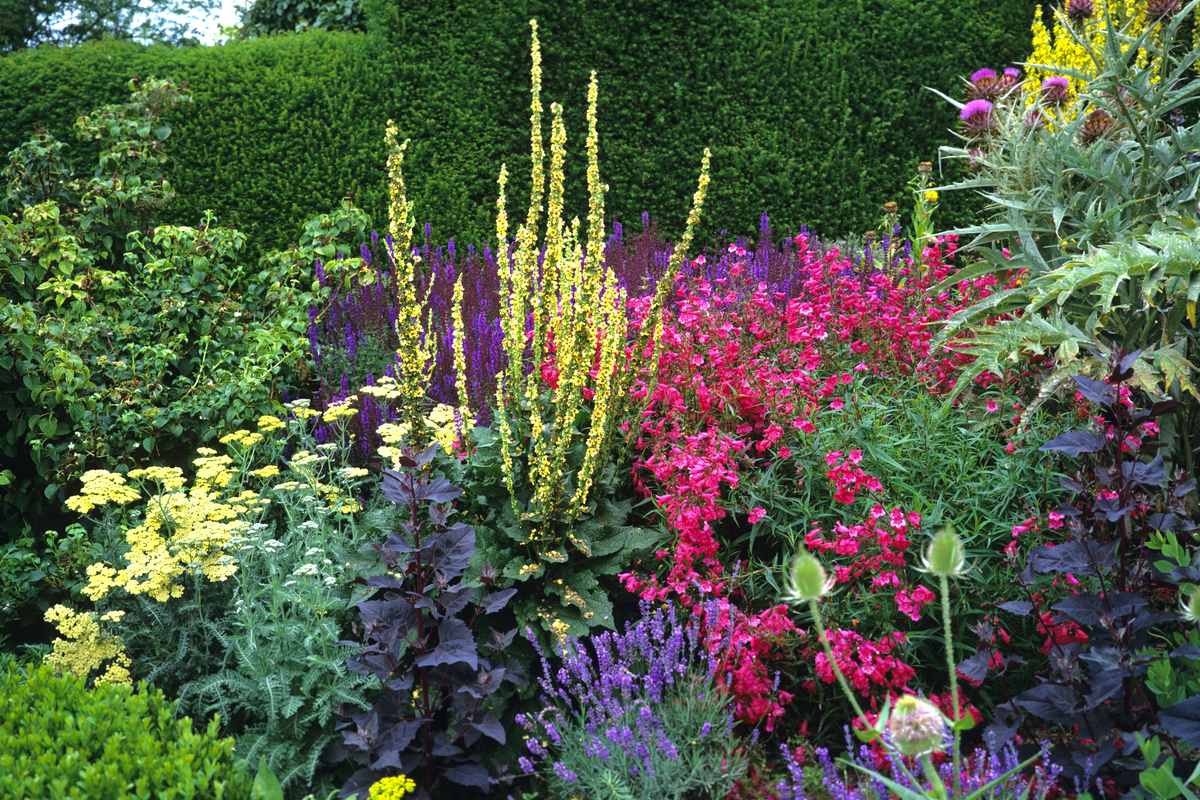
In the cottage garden, we allow plants to veer gently off course and take over empty spots. That’s because overflowing garden beds and borders prevent erosion and keep the soil healthy and aerated. Plants such as valerian, lupines and clover play the part of nitrogen fixers.
Just as there is strength in numbers, there is strength in variety. And the interspersing of plants leads to a healthier ecosystem that’s less susceptible to pests and diseases and more attractive to pollinators and beneficial insects. Another perk of this tightly knit pattern is the reduced need for weeding or applying herbicides.
6. Go vertical.
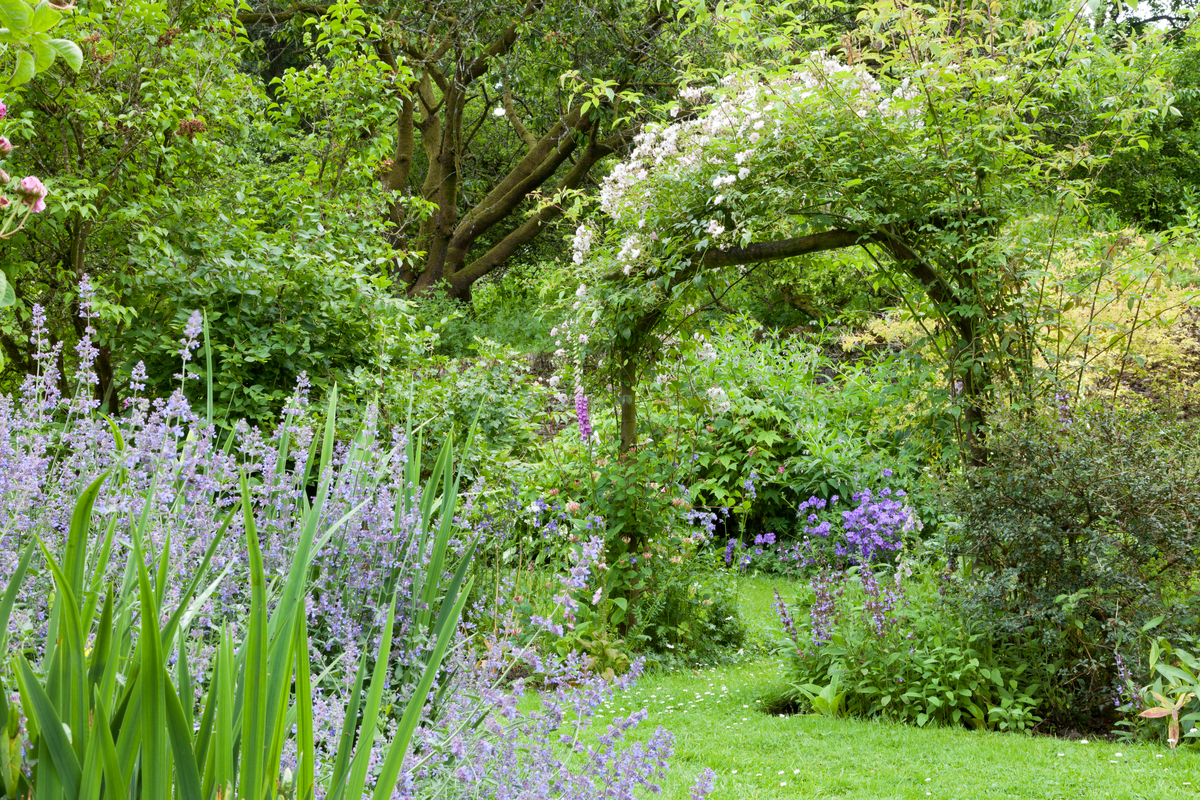
Not only was space at a premium in the cottage garden, but the small plots of land would often be shaded by the cottage itself. That means the prevalence of vines and vertical growing structures has been at the heart of this style since the very beginning.
You can use south-facing structures to build green walls of cascading vines such as clematis, honeysuckle and jasmine.
Another practical option for adding vertical space to a cottage garden is introducing structures such as obelisks, pergolas and lattices to support the weight of growth of plants such as climbing roses and climbing hydrangeas.
7. Select organic shapes and materials.
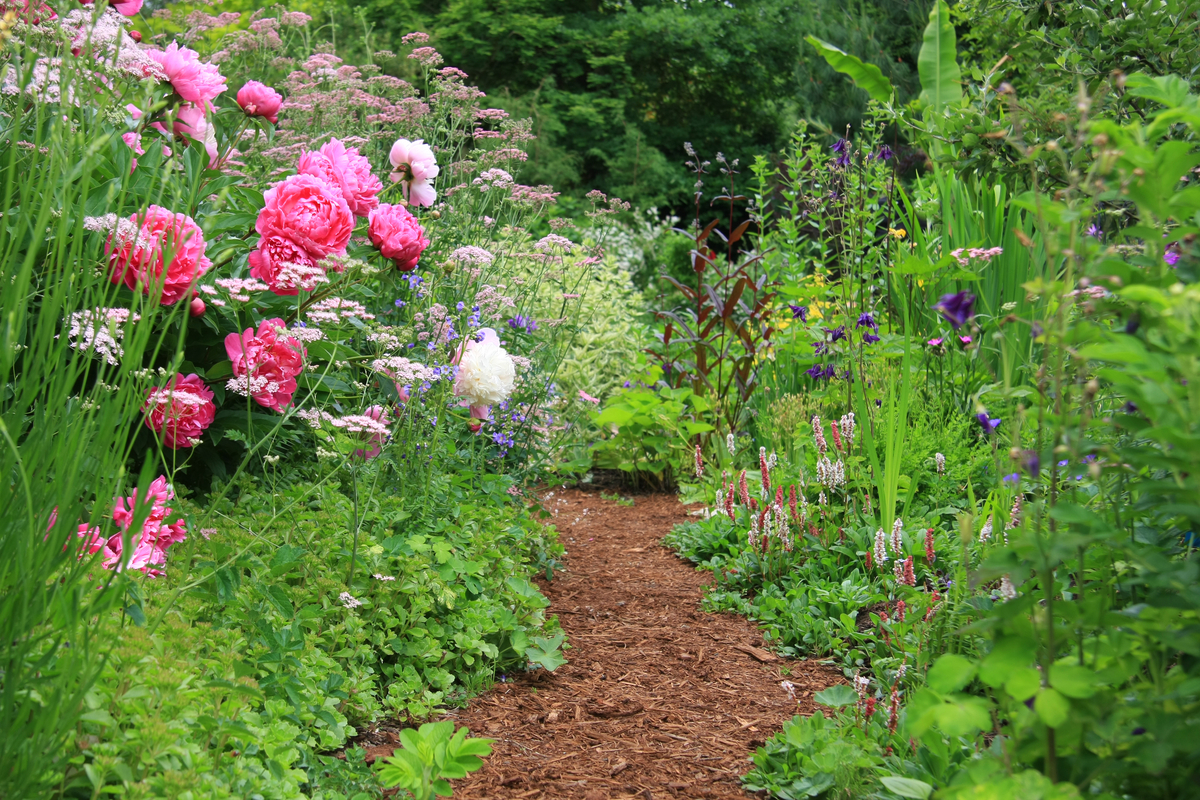
There are no sharp angles in a cottage garden and there are no elements that break the fluidity of nature. What you’ll find instead are meandering paths and rounded corners.
The materials used in the cottage garden reflect the same organic feel; we use undyed bark chips to mulch; we can opt for flagstones and brick to lay pathways instead of gravel or concrete tiles; we choose terracotta and pottery planters as the perfect substitutes for plastic or cement pots.
8. Favor repurposed decor elements.
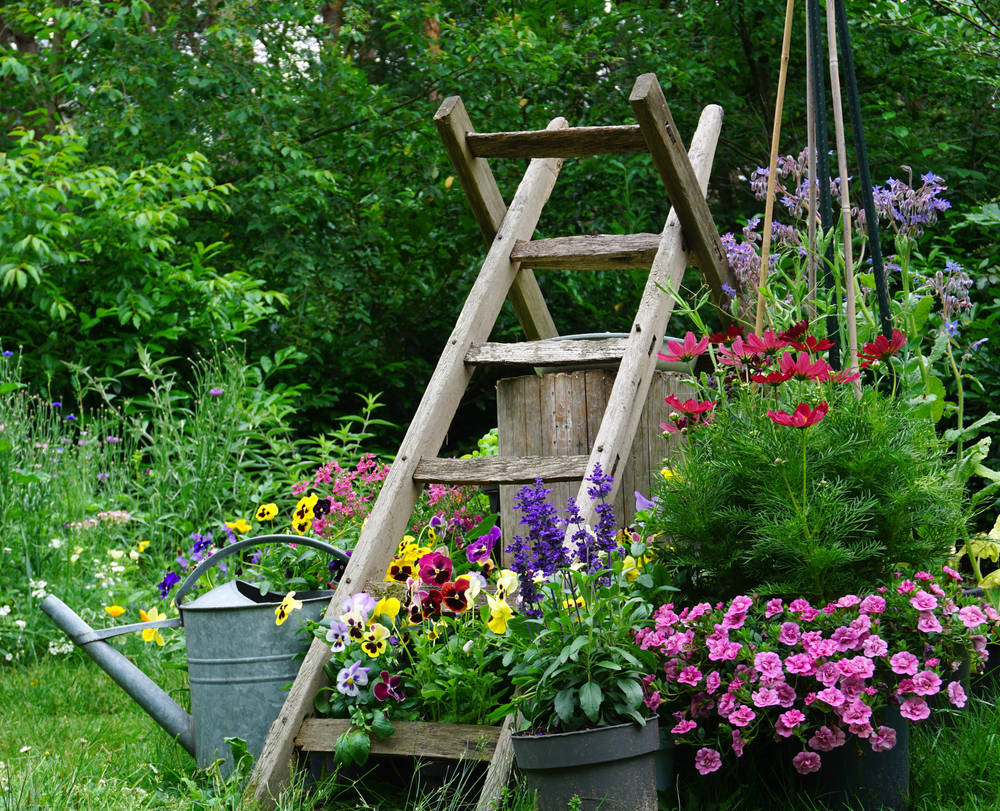
The decor elements in the cottage garden have the same nostalgic feel to them. We can repurpose bowls and troughs into bird baths, turn watering cans and colanders into planters and use old tools (such as shovels and spades) as structural elements.
When choosing outdoor furniture for the cottage garden, keep in mind that the seating area is not a separate outdoor space, but just as much a part of the garden as the plants are. We can create small intimate nooks of seating with wood furniture, repurposed tree logs and pastel floral fabrics.
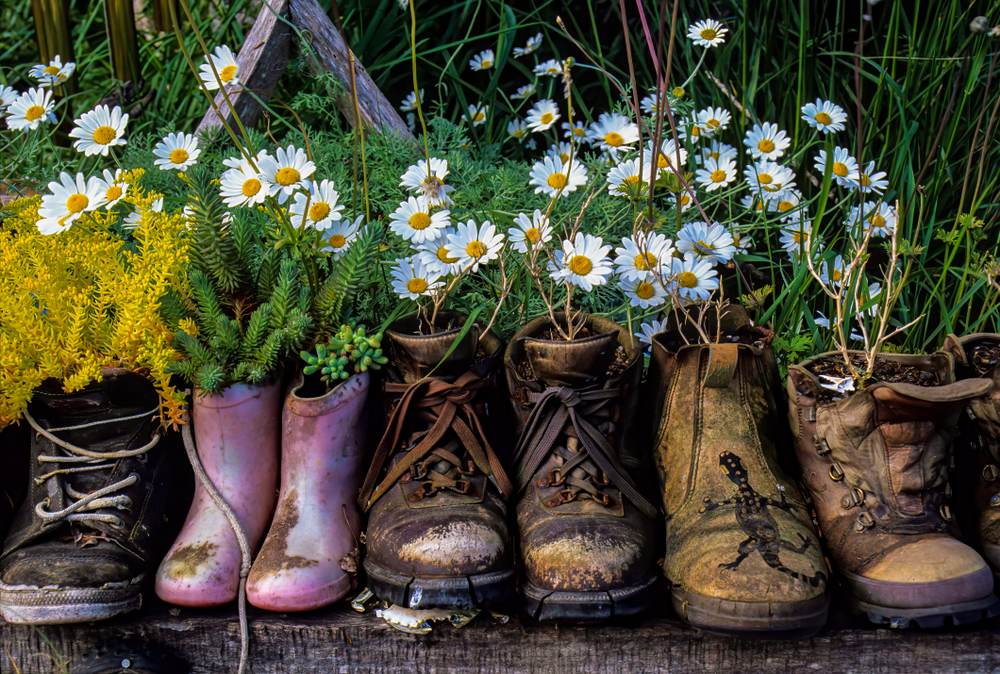
One of the joys of creating a cottage garden is the fact that it is supposed to be a work in progress. Every year, we can introduce new elements, try different plant combinations and add new climbing structures.
A cottage garden is never finished per se, and that is one of the beauties and small mercies that make this an ideal gardening style for the hectic times we live in. Knowing that nature takes its time means that there is no pressure to get it right. There is only possibility.
